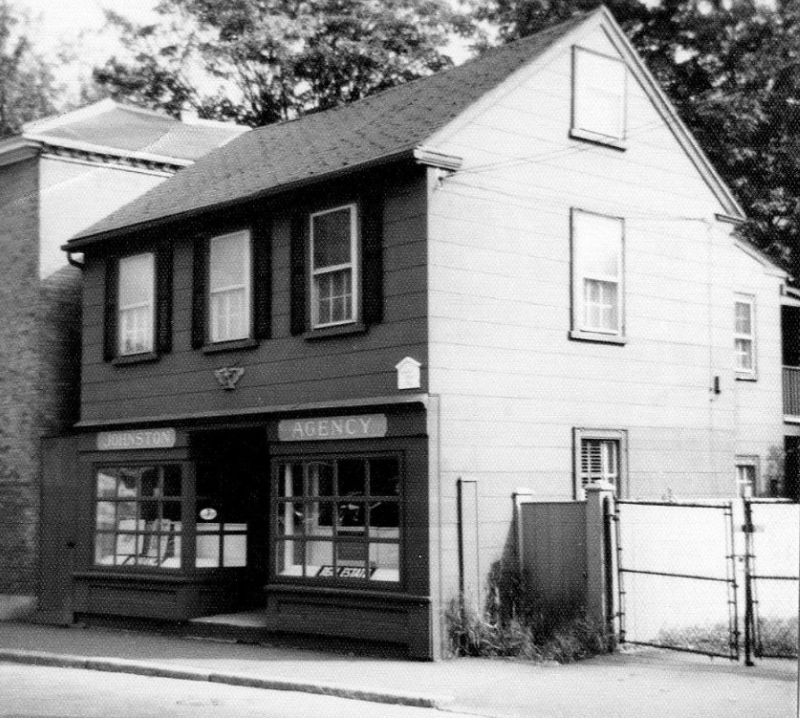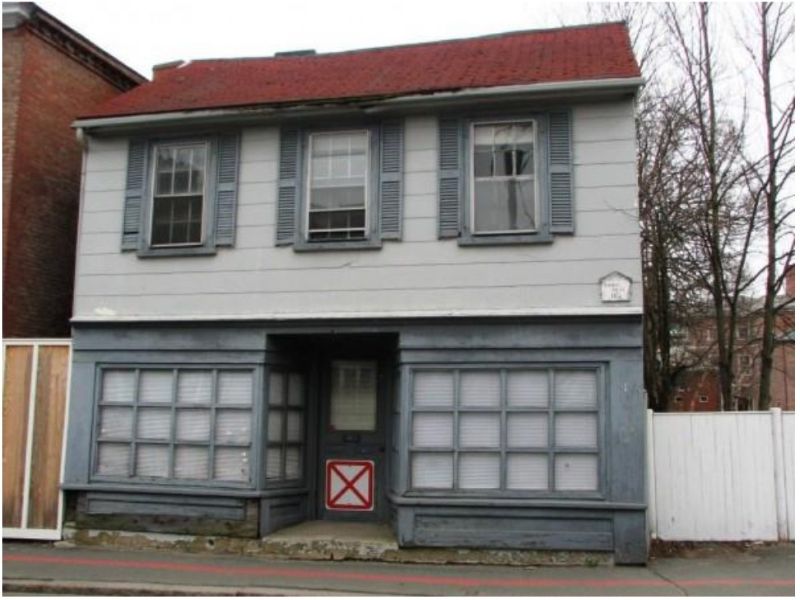The Daniel Bray House is a historic Georgian-style house on Brown Street in Salem, Massachusetts.
Built in 1766, the Daniel Bray House is a two-and-a-half-story wood frame house with a rectangular plan and a side-gable roof. The house was built for local mariner Captain Daniel Bray on his parent’s property but he later bought the land that the house sits on from his parents in 1770.
After Captain Daniel Bray died in 1798, the house passed down to his son Daniel Bray Jr. On the night of April 6, 1830, Daniel Bray Jr. was returning to the house when he happened to notice some suspicious men lurking around the neighborhood. He continued to watch the men from inside his house on Brown Street.
When Captain Joseph White, the owner of the nearby Gardner-Pingree House, was discovered dead the following morning, Bray became a material witness in the murder trial.
When Bray died in 1850, one half of the house passed down to his son Daniel H. Bray Jr and the other half to his daughter Mary B. Chase.
In March of 1854, Daniel H. Bray Jr. conveyed his half of the property to his brother-in-law George C. Chase. A few months later, in May, George and Mary Chase conveyed the property to George P. Fowler and Philip Henry Fowler. The Fowler family later conveyed the property to John H. Nichols in March of 1856.
In March of 1856, James H. Kelley purchased the house and owned it until 1901. The house continued to pass through many different hands throughout the early 20th century.
In 1900-02, the first floor was remodeled into a commercial space. It first served as a grocery store and later as various gift shops and office space.
In 1920, local artist Sarah W. Symonds acquired the property from Walter F. Saunders and ran the Colonial Studio Gift Shop in the building, where she sold her miniatures and cast iron sculpture souvenirs and collectibles, until the late 1950s.

Symonds’s studio had previously occupied the John Ward House until it was sold to the Essex Institute in 1911 and turned into a historic house museum.
In 1983, the Peabody Essex Museum purchased the Daniel Bray House and later restored it to its original 1806 appearance.
Sources:
Bradley, Howard A. and James Albert Winans. Daniel Webster and the Salem Murder. Lawbook Exchange, 2005.
Werbner, Linda. “PEM restores 19th-century cottage.” Wicked Local, 21 Feb. 2018, wickedlocal.com/story/salem-gazette/2019/02/21/pem-restores-19th-century-cottage/64752369007/
“Bray, Capt. Daniel and Mary Ingalls – Chase, George C. House.” MACRIS, mhc-macris.net/details?mhcid=SAL.2459
“New Trial. Supreme Court. Trial of Francis Knapp.” Salem Gazette, 20 Aug. 1830, p. 1.


